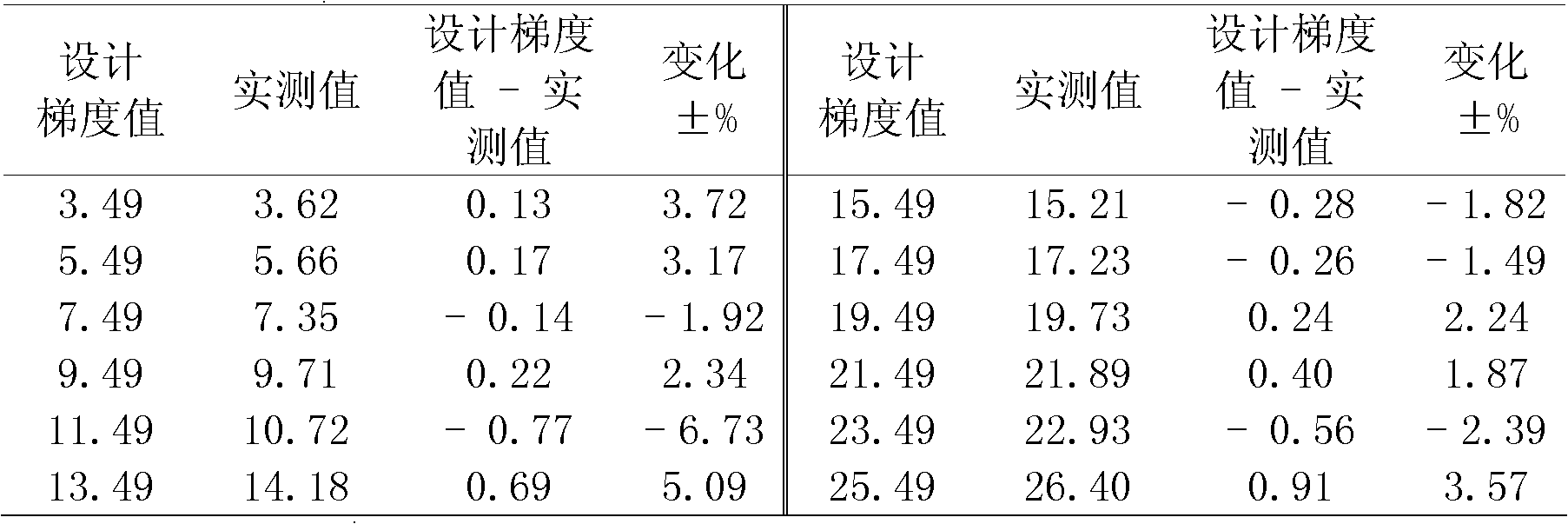Reed-fish-shrimp-crab ecological polyculture method for inland soda saline-alkaline reed swamps
A technology for ecological farming and swampy land, applied in fish farming, climate change adaptation, application, etc., can solve the problems of declining reed production and quality, not yet seen, and economic impact.
- Summary
- Abstract
- Description
- Claims
- Application Information
AI Technical Summary
Problems solved by technology
Method used
Image
Examples
Embodiment 1
[0105] Since 2007, combined with Jilin Provincial Agricultural Comprehensive Development Project "Western Jilin Reed Wetland Ecological Conservation and Efficient Utilization Demonstration Area Construction" 01-0222088202 and Jilin Provincial Science and Technology Department Project "Ecological Restoration and Rational Utilization Model and Technology Research of Western Jilin Degraded Wetland" 20080402 -1, In the Niuxintaobao reed farm in Da'an City in the west of Jilin Province in the Songnen Plain, the experimental demonstration research of reed-fish-shrimp-crab compound ecological breeding in the inland soda-type salinized reed swamp was carried out.
[0106] The invention provides a method for compound ecological breeding of reed-fish-shrimp-crab in inland soda-type salinized reed swamp, which is characterized in that the steps and conditions are as follows:
[0107] I. Conditions and supporting projects for compound ecological breeding of reed-fish-shrimp-crab in inland ...
PUM
 Login to View More
Login to View More Abstract
Description
Claims
Application Information
 Login to View More
Login to View More - R&D
- Intellectual Property
- Life Sciences
- Materials
- Tech Scout
- Unparalleled Data Quality
- Higher Quality Content
- 60% Fewer Hallucinations
Browse by: Latest US Patents, China's latest patents, Technical Efficacy Thesaurus, Application Domain, Technology Topic, Popular Technical Reports.
© 2025 PatSnap. All rights reserved.Legal|Privacy policy|Modern Slavery Act Transparency Statement|Sitemap|About US| Contact US: help@patsnap.com



